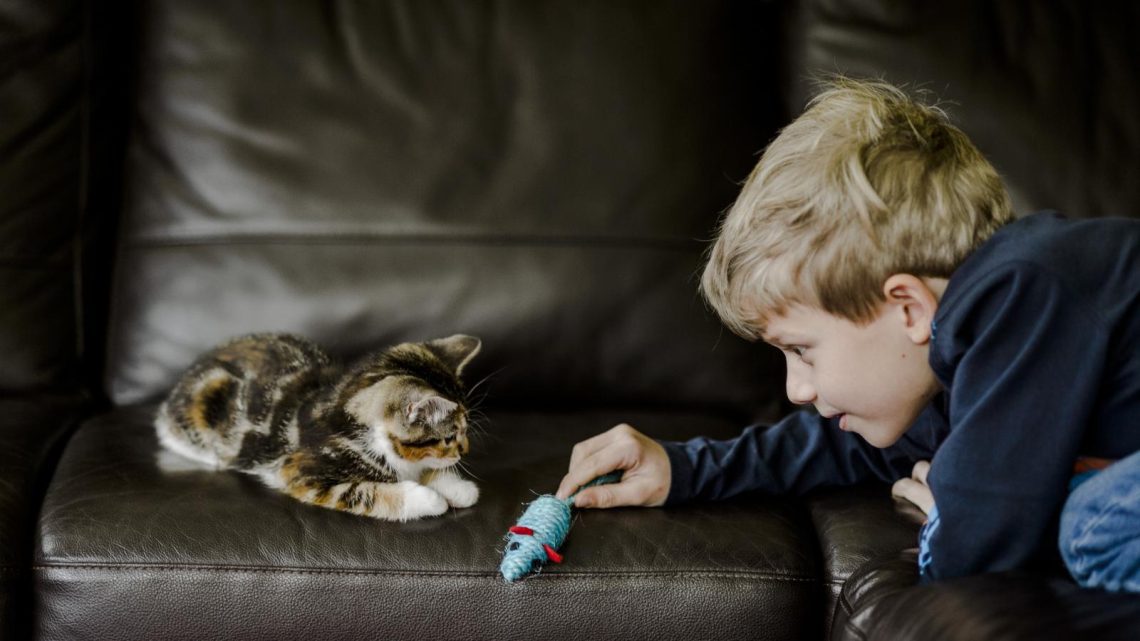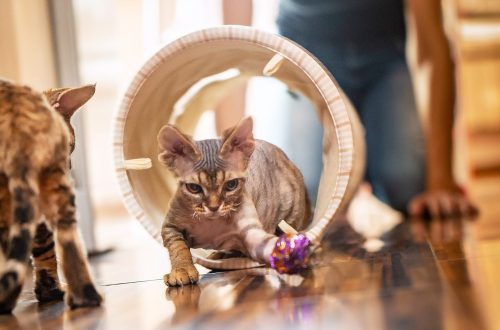
What to do if a child asks for a kitten
Little kittens are so adorable that it’s hard to resist a child’s request and not give in to the impulse to take a fluffy miracle into the house. After all, children learn care and love by communicating with animals. But before you get an affectionate playful pet, decide for yourself a few important questions. You can start by reading books about cat breeds with your child or watching documentaries. The main thing is to properly prepare both him and yourself for the appearance of a new family member.
You decided to get a pet: what you need to know
First, make sure that you, children or other family members are not allergic to cat skin secretions and saliva.
It is better not to take a kitten if your child is under 4 years old and does not yet know how to take care of a living creature. Children at this age perceive animals as toys and do not always understand that they can hurt them.
Weigh your financial options. Kittens require no less care than adult cats. They need vaccinations, regular veterinary check-ups, bowls, a litter box, complete food, toys, care products. When the kitten grows up, by 7-9 months he will need an operation to sterilize.
It is necessary to explain to the child that part of the care of the furry friend will be on him: sometimes feed him, wash the bowl, comb out the fur, play with him. The student can clean the cat litter box. Discuss household rules with each family member.
To get a cat in the house, free time should be not only for children, but also for adults. If the parents are at work all day, and the child is at school, then the animal will simply be bored. In the worst case, the kitten will begin to “put things in order” in the house. Therefore, be prepared for damage to your property, especially if you have a small apartment and there is no way to close the kitten in one of the rooms.
So, you have decided to make your child’s dream come true and adopt a kitten. The fluffy baby should already be 3 months old. Prepare bowls, food, tray, toys in advance. If you are buying a kitten or adopting one from a shelter, follow him along with your child. In the first days of his stay in the house, show your son or daughter how to pet a small pet properly. Explain why you can not touch his eyes, ears and mouth. Show how to lift and carry it. Tell us what signs you can use to determine if a kitten is ready to communicate or wants privacy. If the child wants to feed the baby, do this several times together. The child must know what food can be given to the kitten, how much and how many times a day. Feel free to monitor their communication, help and explain if there are any difficulties in care or communication.
For a child who has a little friend, the following points are important:
- tactile contact with the kitten;
- a sense of responsibility for the pet and care for him;
- friendship experience;
- exploring the world around you through communication with a cat or a cat.
A kitten in the house is not only possibly damaged furniture, eaten rubber bands and scattered toys. It is also an opportunity to develop patience, sociability, kindness, caring and confidence in your child. By your example, you will gradually connect the child to the process of caring for your pet.





